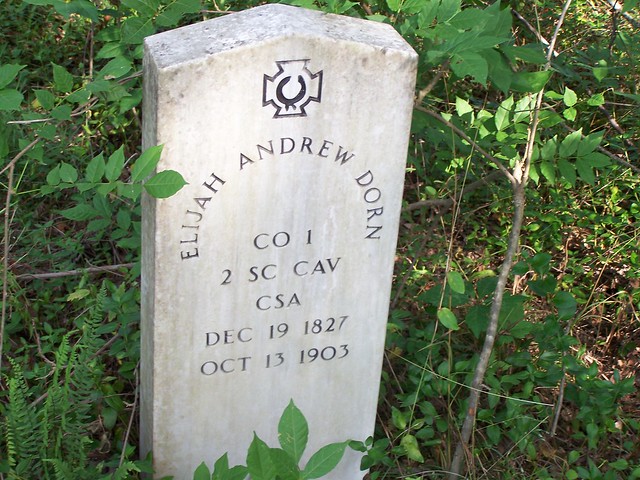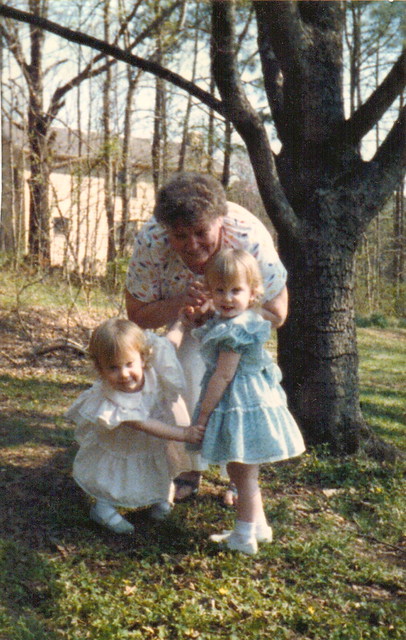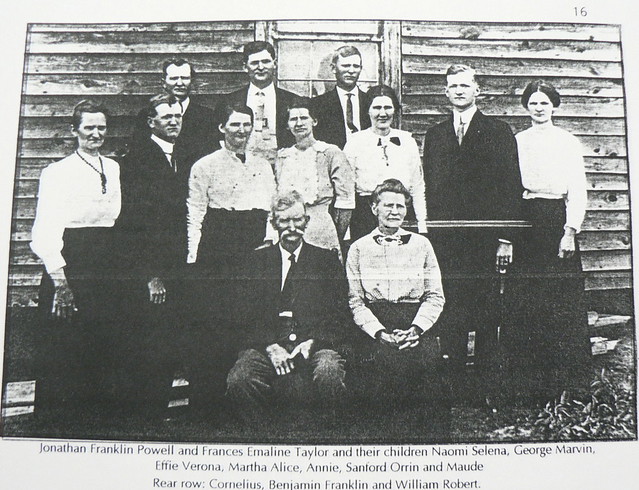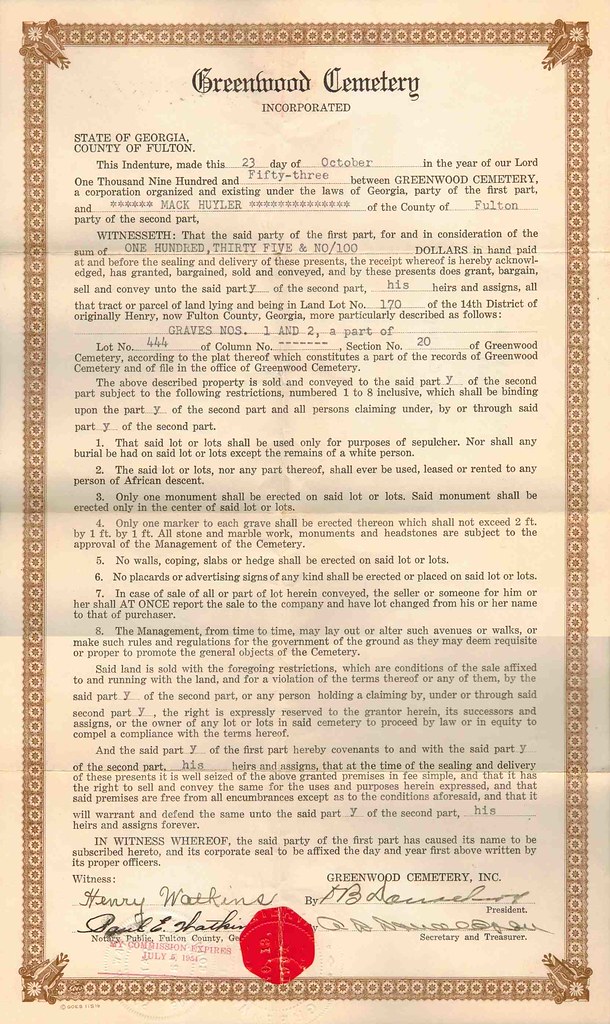_____
Before
In 1860, Elijah Andrew Dorn was recorded on page 34 of the Saluda Regiment, Edgefield District, South Carolina census. Along with Elijah were his wife, Elizabeth (Ouzts), and children, James W, Frances, Catharine, Sarah A, Preston B, George and Bettie. This census was taken on 2 Jul 1860. Only the day before, on the July 1st, my GGG-Grandmother, Mary Jane "Mamie" Dorn, had been born (Only those born by June 1st were recorded).
Elijah was a farmer with real estate valued at $2,000 and personal estate valued at $1840. According to the 1860 agricultural census, Elijah had 120 acres of land. He had 3 horses, 5 milk cows, 4 cattle, 9 sheep, and 16 swine. The family reported growing 60 bushels of wheat, 200 bushels of corn, 100 bushels of oats, 6 bales of ginned cotton, 30 pounds of wool, 20 bushels of peas and bean, 11 bushels of irish potatoes, 50 bushels of sweet potatoes, 150 pounds of butter, and 12 gallons of molasses. It seems like the family is cultivating a wide variety of crops and produce. Comparing Elijah's farm to those of others on the same page, he looks to be the owner of a small to average sized amount of land. And who helped Elijah with work around the farm? Three slaves. The Dorn family appears to own two female slaves, age 75 and 14, and has hired a 25 year old male slave from another owner.
Although Elijah probably did not relished the thought of going to war, he likely would have supported the new Confederate Government. Even though he owned only a few slaves, they were part of ensuring the financial stability of his family. He was still somewhat young and would likely have added slaves to his farm as finances allowed.
During
 War broke out on 12 April 1861. Elijah's wife, Elizabeth, had died only two months prior. Left with eight small children, there would be no way Elijah would go to war... yet. Elijah soon married his second wife, Martha E Prater. She was his next door neighbor in the 1860 census, only 17 years old to his 32. Martha was only 7 years older that her oldest step-child.
War broke out on 12 April 1861. Elijah's wife, Elizabeth, had died only two months prior. Left with eight small children, there would be no way Elijah would go to war... yet. Elijah soon married his second wife, Martha E Prater. She was his next door neighbor in the 1860 census, only 17 years old to his 32. Martha was only 7 years older that her oldest step-child.With a new wife to watch the children (including a new baby with Martha), Elijah enlisted in the war in March of 1863. He became a private in South Carolina's 2nd Artillery Regiment, Co K. In August of 1864, he was transfered to SC 2nd Cavalry, Co I (also known as Edgefield Hussars according to the Family Search Wiki). Documents indicate that he was still with his unit in December of 1865, though they do not say how he left the service - did he stick it out until the war ended a few months later?
After
Elijah survived the war and returned home to his wife and children, still living in the Saluda area of Edgefield County, SC. Things have changed a bit for the Dorn family. Formerly the owner of 120 acres valued at $2000, Elijah's now has 230 acres, now valued only at $700. He still has much of his livestock, but the family is producing less in the way of crops - very reduced levels wheat, corn, and oats, cotton, wool and butter, valued at $500. Elijah might still have his land and materials, but it looks like he's having a harder time making a profit from it than he did prior to the war.
Elijah died in 1903 in Saluda County, South Carolina. He was buried in the Dorn Family Cemetery, his grave marked with a military headstone.





 According to this newspaper article, William was at the Battle of Malvern Hill in Virginia that July. There, he picked up a bible he found. He apparently carried the bible with him throughout the rest of the war.
According to this newspaper article, William was at the Battle of Malvern Hill in Virginia that July. There, he picked up a bible he found. He apparently carried the bible with him throughout the rest of the war.

 Thomas T Albea joined the fight in August of 1863. At the time of his enlistment, Thomas was only 17 years old, about two months from turning 18. It seems that Thomas very much wanted to fight and could not wait until he was of age. He is listed on muster rolls for Co. I, 3rd Georgia Cavalry State Guards in Captain Walton's Company. He "joined for and enrolled" on 4 Aug 1863 in Lincolnton, GA for a period of six months. I found this curious, as all other enlistments I've seen were "for the duration of the war." The website
Thomas T Albea joined the fight in August of 1863. At the time of his enlistment, Thomas was only 17 years old, about two months from turning 18. It seems that Thomas very much wanted to fight and could not wait until he was of age. He is listed on muster rolls for Co. I, 3rd Georgia Cavalry State Guards in Captain Walton's Company. He "joined for and enrolled" on 4 Aug 1863 in Lincolnton, GA for a period of six months. I found this curious, as all other enlistments I've seen were "for the duration of the war." The website 





 Fourth: Rock Branch Baptist Church. Apparently my Craft ancestors were considered part of the "Rock Branch Community" of Elbert County though they were a five minute walk from Hart County. I'd been to this cemetery years ago, before I realized just how many of my ancestors were buried here. This time I got all the headstone photos (I hope). Here, I'm posing with William Anderson Craft's grave.
Fourth: Rock Branch Baptist Church. Apparently my Craft ancestors were considered part of the "Rock Branch Community" of Elbert County though they were a five minute walk from Hart County. I'd been to this cemetery years ago, before I realized just how many of my ancestors were buried here. This time I got all the headstone photos (I hope). Here, I'm posing with William Anderson Craft's grave.

